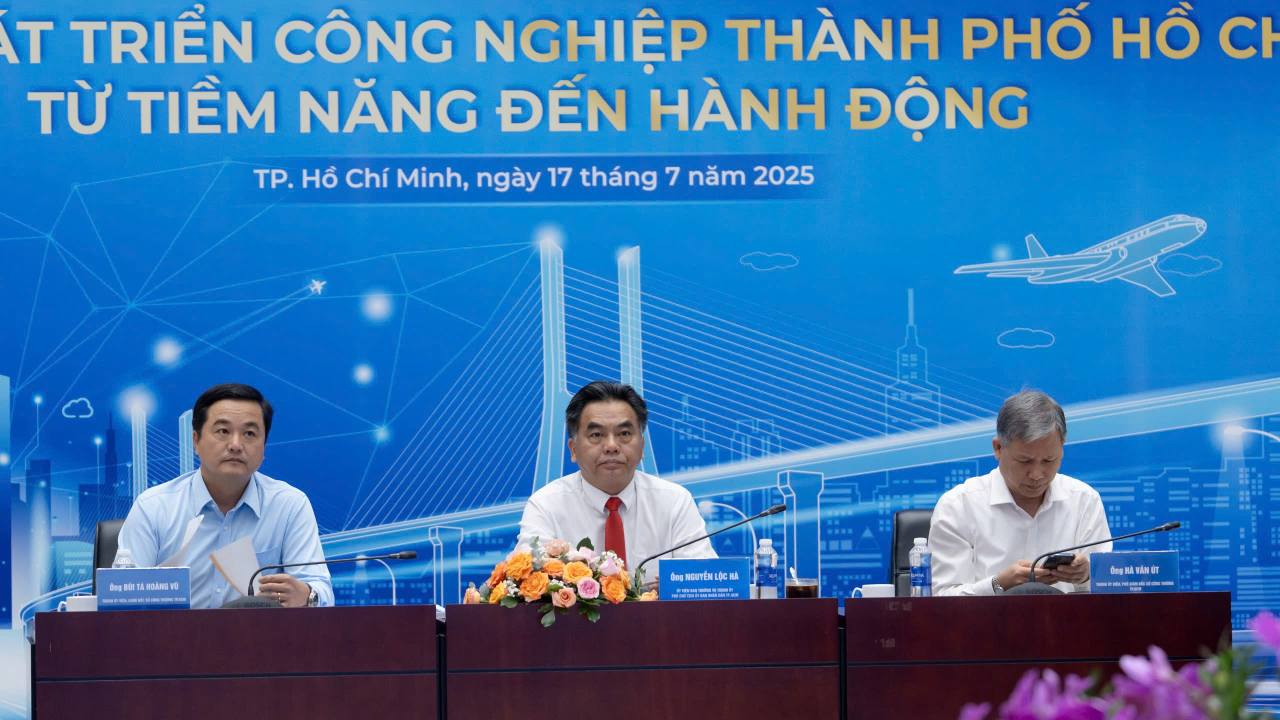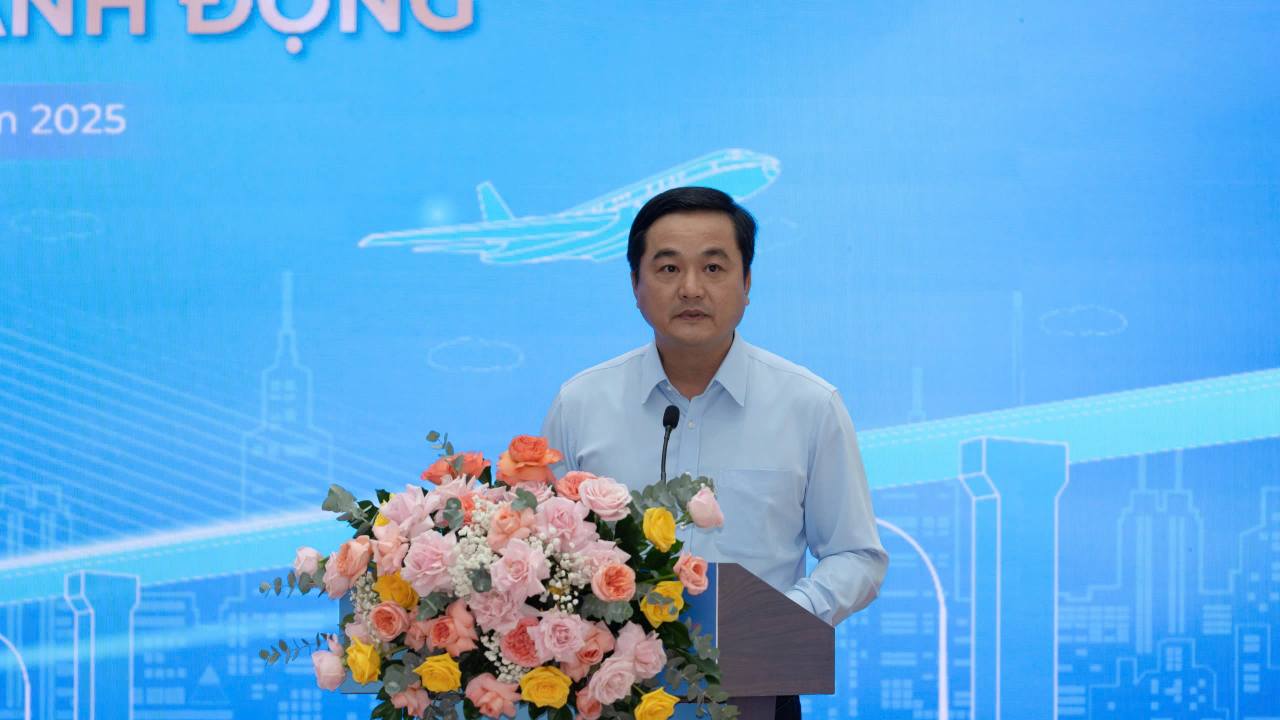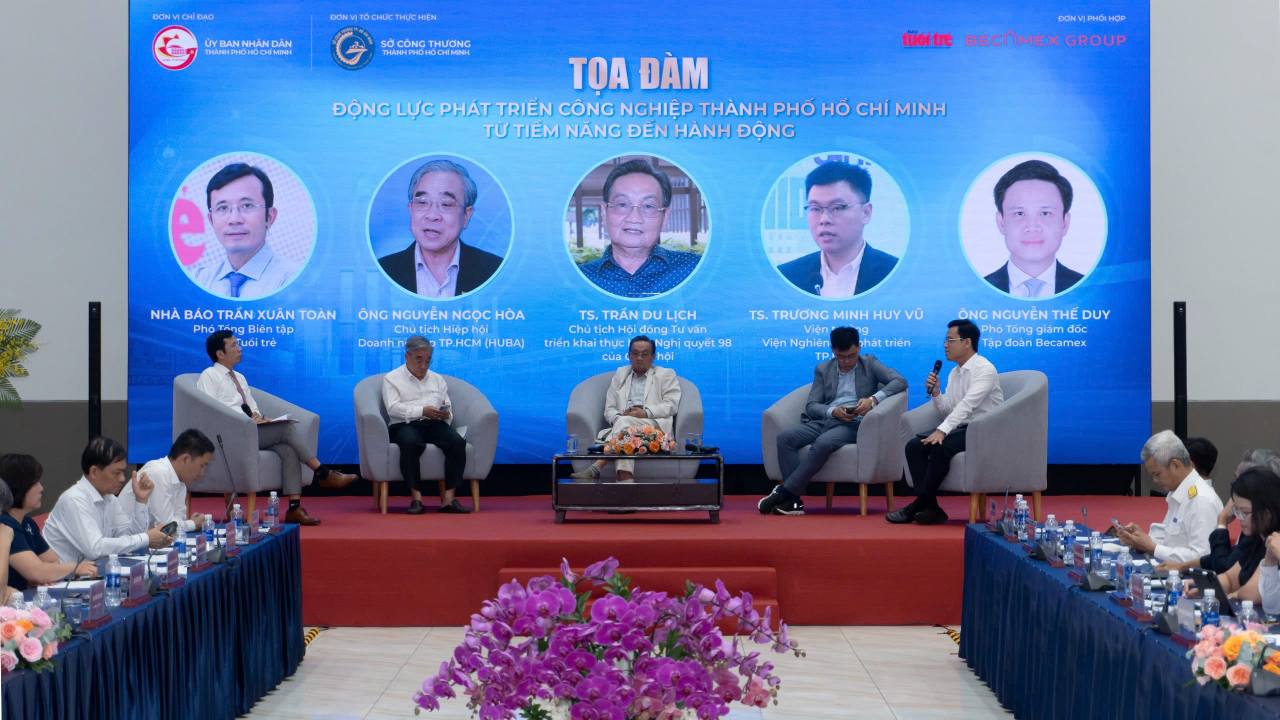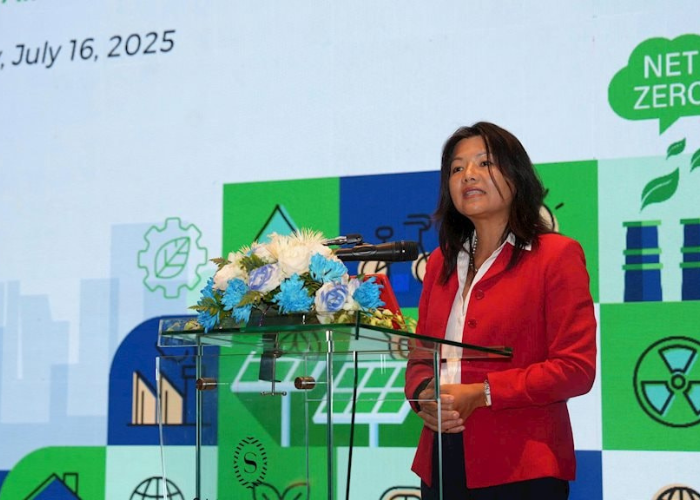HO CHI MINH CITY INDUSTRY FORUM: FROM POTENTIAL TO ACTION, DRIVING SUSTAINABLE GROWTH
On July 17, 2025, at the Binh Duong Convention and Exhibition Center (BCEC), the thematic forum “Ho Chi Minh City’s Industrial Development Drivers – From Potential to Action” took place, marking a significant shift in the city’s journey to reaffirm its role as Vietnam’s leading industry hub for production and innovation.

The event was directed by the Ho Chi Minh City People’s Committee and organized by the Department of Industry and Trade, in collaboration with various departments and agencies. It attracted hundreds of delegates, including economists, researchers, businesses, investors, and government representatives.
Expanded Ho Chi Minh City: Opportunities and Challenges
The forum followed the official merger of two key industrial provinces, Binh Duong and Ba Ria – Vung Tau, into what is now called “Expanded Ho Chi Minh City.” Discussions focused on restructuring industrial space, leveraging new advantages in population, GRDP, and infrastructure, while addressing digital transformation, green transition, and modern urban economic development.

Mr. Bui Ta Hoang Vu, Director of the Department of Industry and Trade, emphasized: “Industry is the city’s main growth driver, but we must tackle high logistics costs (16–20% of product prices), limited land, outdated technology, and labor productivity at just 60% compared to advanced industrial cities.”
He also highlighted the urgency of improving competitiveness amid mounting international trade pressures.
Smart Industrial Space and Regional Roles
Dr. Do Thien Anh Tuan, from Fulbright School of Public Policy and Management, proposed a clear division of roles: the core of Ho Chi Minh City should be the “brain” of the region (focused on R&D, finance, quality control), while Binh Duong and Dong Nai become centers for high-tech manufacturing. Ba Ria – Vung Tau would handle import-export and energy; Long An focuses on food processing; Tay Ninh and Binh Phuoc serve as logistics and raw material hubs along the border.
Nguyen Hong Hai, Chief Architect at Becamex IDC, shared insights from over 25 years developing Binh Duong’s modern industrial ecosystem, which prioritizes public transit, smart energy, sustainable waste treatment, and TOD (transit-oriented development) models.
Green Transition, Smart Manufacturing, Circular Economy
Nguyen Loc Ha, Vice Chairman of the Ho Chi Minh City People’s Committee, stressed: “The city must accelerate its shift toward high-tech industries, smart manufacturing, green growth, and a circular economy.” He emphasized the importance of the “three-house” link—government, academia, and business—and tasked the Department of Industry and Trade with compiling ideas and proposing comprehensive solutions.
Relevant departments were assigned to revise planning, boost technology transfer, and train high-quality human resources. Enterprises and industry associations were encouraged to lead in technology innovation and green investment.
Nguyen The Duy, Deputy General Director of Becamex Group, likened the strategy to a football team: “We need to think like a team, identify the ‘strikers’—breakthrough areas—and pass them the ‘golden ball’—resources at the right time and place. Otherwise, we risk missing critical opportunities. Becamex is ready to connect businesses, government, finance, education, and innovation to build an effective, attractive industrial ecosystem across expanded Ho Chi Minh City.”

A New Chapter for Vietnam’s Sustainable Industrial Development
The forum was not only about policy discussion but also about building connections between localities, businesses, investors, and international organizations. As the country’s economic powerhouse, Ho Chi Minh City now has a golden opportunity to reposition itself on the regional industrial map. Embracing smart production, green industry, a circular economy, and innovation will help the city maintain its leading role and become a sustainable development model for Vietnam in the decade ahead.


